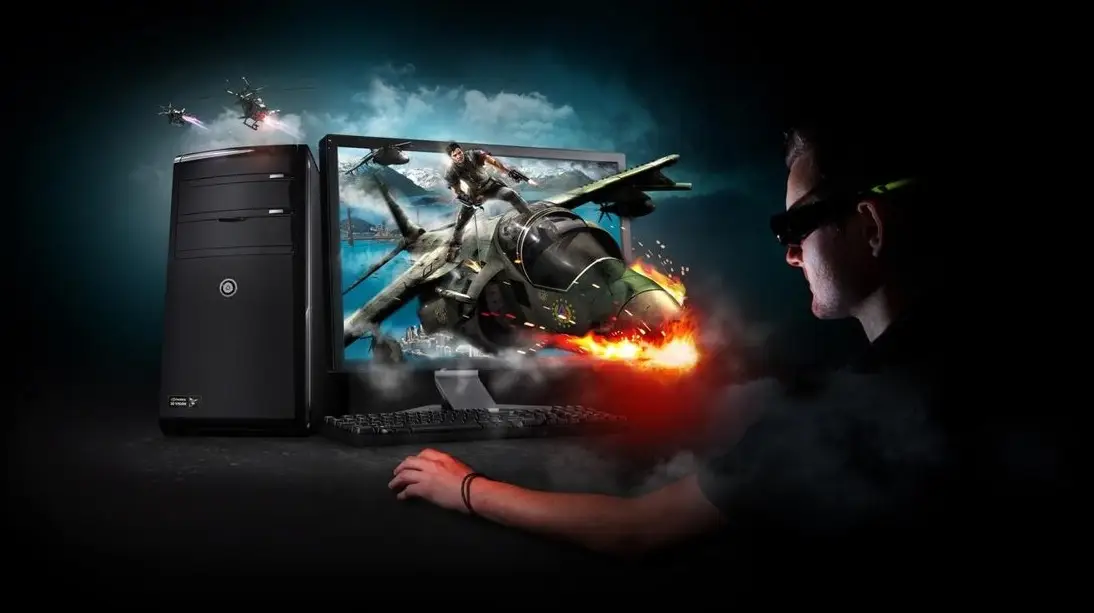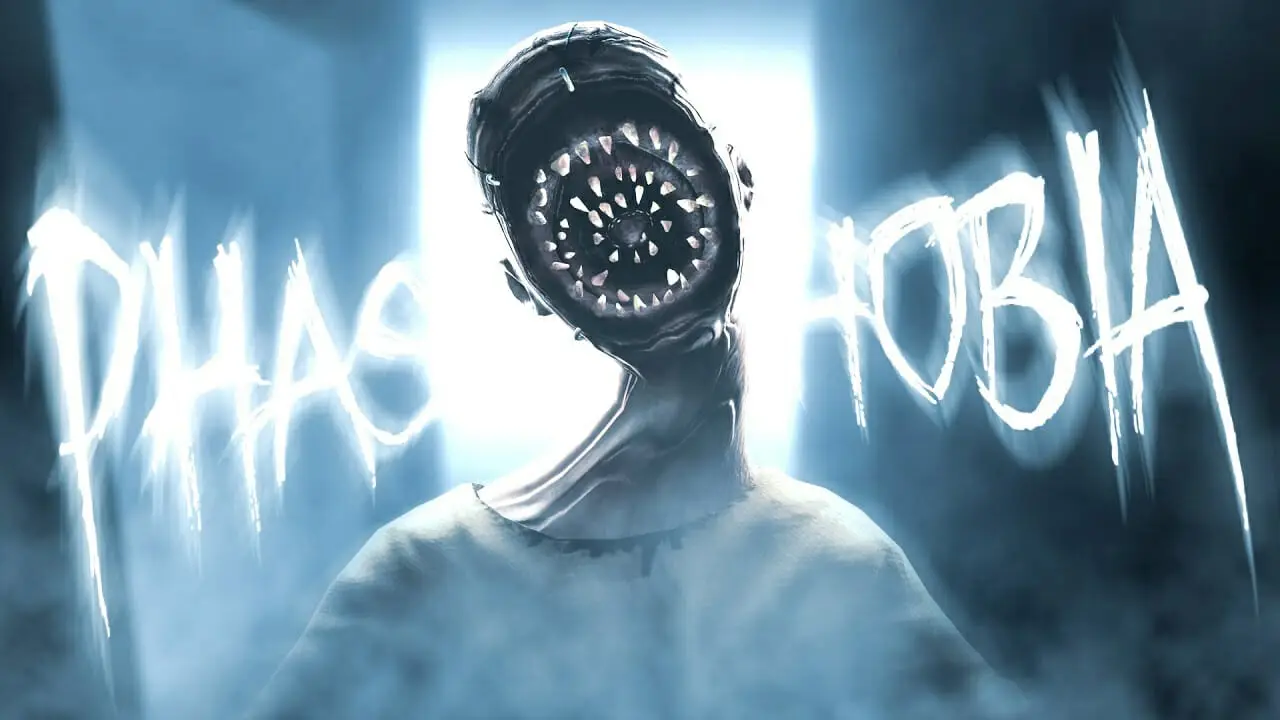The mobile device market in 2025 offers a wide selection of models capable of running demanding software. However, when on a limited budget, the key question arises — how to choose a gaming smartphone without sacrificing performance and stability?
An affordable device should provide smooth gameplay, not overheat during prolonged use, and maintain decent battery life. Choosing the right configuration becomes a determining factor, especially when the goal is stable performance in popular mobile games without critical frame drops.

What parameters to pay attention to: a brief list of key characteristics
To avoid mistakes when making a purchase, it is advisable to focus on a number of basic technical parameters:
- chipset with a frequency of at least 2.4 GHz and a powerful GPU;
- 6-8 GB of RAM, ensuring multitasking without lags;
- smartphone with a good processor capable of handling intensive gaming sessions;
- support for UFS 2.2 or higher — for fast data access;
- presence of an SD card slot and USB-C with fast charging support.
Even in the budget segment, it is possible to understand how to choose a gaming smartphone, maintaining a balance between price and functionality, by following technical guidelines and analyzing each point separately.
Optimal chipset — the foundation of performance
The processor is the main component that determines whether the device can handle modern games. In the segment up to $300, it is important to choose devices with chipsets like Snapdragon 6 Gen 1, Dimensity 7200, or Unisoc T820.
Each of them combines energy efficiency and performance at a sufficient level for most projects. When figuring out how to choose a gaming smartphone, it is important to consider that the CPU architecture and GPU power determine FPS stability and minimize lags under high load.
Memory and storage: when speed is more important than capacity?
RAM and internal memory play an important role in system responsiveness and scene loading speed. Budget models with 8 GB of RAM and UFS 2.2 storage are already capable of providing the necessary responsiveness.
It is also important to have an SD card slot, especially for users who prefer to store projects for offline access. Internal memory of at least 128 GB is considered the optimal minimum.
Screen refresh rate and touch response — important perception details
For comfortable gaming, a smartphone with a high screen refresh rate is required. Even in the budget category, devices with a refresh rate of 90–120 Hz are already available, visually enhancing dynamic perception.
Additionally, it is important to consider the accuracy of the touchscreen response, as it affects real-time character or vehicle control. When analyzing how to choose a gaming smartphone, attention should be paid to the touch sensor delay — low values reduce the time between touch and system response.
Cooling and overheating: parameters often overlooked
Even affordable models can suffer from overheating, especially during long gaming sessions. Inadequate heat dissipation system reduces performance, causes FPS drops, and accelerates component wear.
Manufacturers of budget solutions often cut costs on cooling, so when choosing a device, it is important to examine the presence of graphite pads, heat pipes, or at least an internal thermal regulation system. This approach helps stabilize operation even under peak load.
Network modules and interfaces: is the connection stable?
In multiplayer games, stable internet is a necessary condition. Budget models should support at least Wi-Fi 5 and Bluetooth 5.0, and having 5G capability is a clear advantage.
The USB-C interface is needed not only for charging but also for connecting gaming accessories. When addressing the task of “how to choose a gaming smartphone,” studying network characteristics should be on par with chipset and screen analysis.
Features that enhance gaming capabilities in budget devices
Even in the budget segment, it is possible to get a wide range of gaming advantages by paying attention to the following parameters:
- support for advanced power-saving modes and gameplay optimization;
- presence of a gaming center with notification customization, frequency limitation, and FPS monitoring;
- built-in graphics acceleration modes at the firmware level;
- high autonomy, providing at least 5 hours of active gaming;
- adaptive display with eye protection and dynamic refresh rate.
All the listed features make the smartphone a complete tool for fans of dynamic projects even on a limited budget.
Best gaming smartphones: budget favorites of 2025
Several smartphones deserve attention in 2025 due to their balanced configuration:
- POCO X5 Pro — AMOLED 120 Hz display, Snapdragon 778G, and reliable cooling system;
- Realme Narzo 60x — affordable smartphone with Dimensity 6100+ and fast 33W charging;
- Infinix GT 10 Pro — cyberpunk design, 8 GB RAM, and a powerful gaming smartphone under $250;
- Tecno POVA 5 Pro — gaming aesthetics, 120 Hz, and cooling through a layered body construction;
- Samsung Galaxy M14 — versatile device with Exynos 1330 and 5G support.
Each of these models fully addresses the task of how to choose a gaming smartphone that meets the requirements of modern gaming without exceeding the budget.

How to choose a gaming smartphone without compromising on quality?
With a thorough analysis of the characteristics, it is easy to understand how to choose a gaming smartphone capable of handling high loads even within a limited budget.
Key aspects include chipset performance, screen quality, cooling system, and the presence of optimized software. A properly selected smartphone will provide a decent gameplay experience, eliminate lags, and allow you to enjoy your favorite titles without breaking the bank.
 en
en  ru
ru  de
de  ar
ar  es
es  nl
nl  hi
hi  fr
fr  it
it  pt
pt  el
el 










